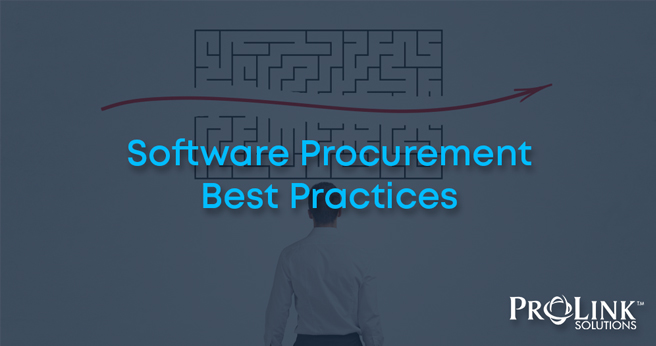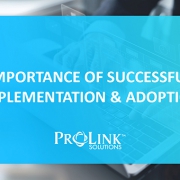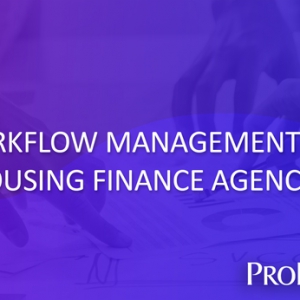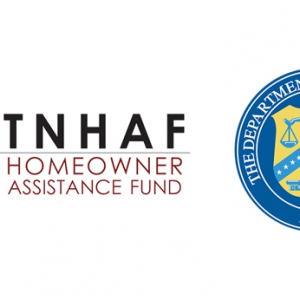Software Procurement Best Practices
Whether you like it or not, Request for Proposal (RFP) is likely an integral part of your software procurement process, particularly if you are with a larger organization or government agency. Writing an RFP is a daunting task as you’re trying to incorporate all your organization’s procedural requirements while developing functional requirements across multiple teams that will benefit from the new software.
However, before diving right into the RFP itself, you might want to consider a couple of steps to help save time and effort down the road. We’re talking about the Planning Stage and Business Analysis Stage.
The end goal of the Planning Stage is for you, as business lead, to get a buy-in from the committee or the executives. Start with writing a plan that outlines what you are trying to achieve with the new software you are seeking; call it a value prop. If a project intake process exists in your organization, you will use the intake form to document your business case. You should describe how the new software would help your organization achieve its business goals. Include business and operational objectives, measurable outcomes, and estimated budget. Don’t forget to identify potential stakeholders, sponsors, and resources you will need to successfully implement the project. Keep it at a high level. Take advantage of sites such as Capterra.com or Softwareadvice.com to get a sense of products on the market and price points. Use your market research to sharpen your case.
The committee or executives should review and approve this plan before you move to the next stage, Business Analysis. In this stage, you’re diving deeper into discovery. Gather functional requirements from the impacted business lines and technical requirements from your organization’s IT group. Start working on your organizational readiness and change management strategy. Anticipate that many of your team members will undergo a cycle of emotional responses in reaction to changes in business processes due to the new software.
Once you take these steps, you will be in a much better shape to take on the actual RFP itself. Your software procurement journey will move faster, with less challenges.
If you would like more information about software procurement best practices, contact ProLink Solutions.








Leave a Reply
Want to join the discussion?Feel free to contribute!